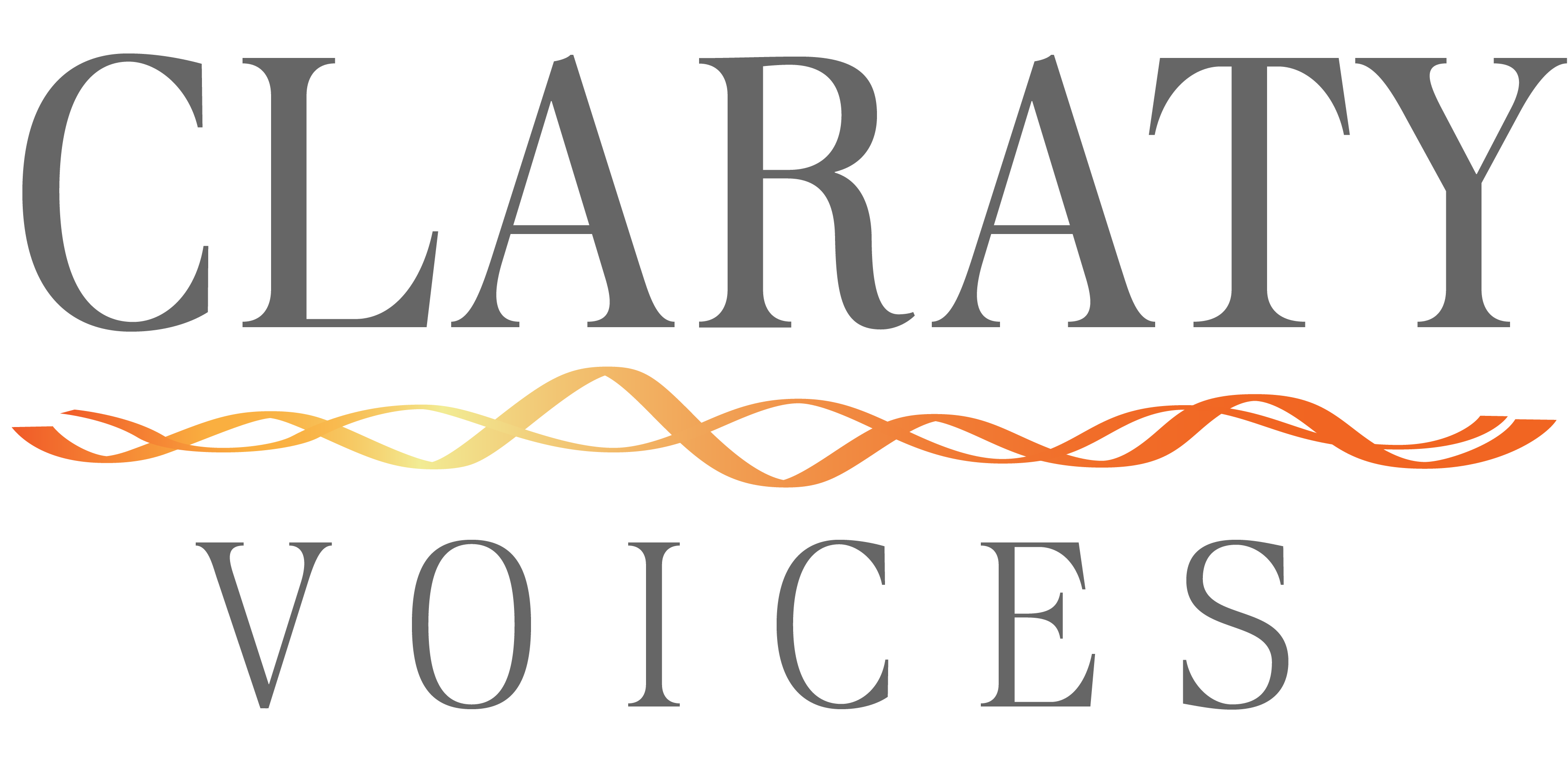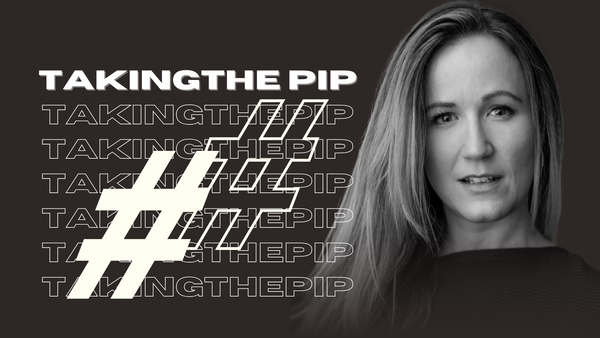Writing an Effective Voiceover Brief [+ Free Template]
![Writing an Effective Voiceover Brief [+ Free Template]](/content/images/size/w1200/2025/04/20250421---voiceover-brief-template-thumbnail---claraty-voices.png)
Whether you work for an animation studio or gaming company, are casting for a commercial or documentary, or are looking for voice talent for a corporate project, there is one tool you need to land the right kind of talent for the project: the voiceover brief. The voiceover brief is where most voice casting processes begin, so getting the brief right will ensure that you spend less time searching for the perfect talent. A clear brief that includes information that both you and talent should understand from the start of the process will lead to better quality auditions and will help you cast the right talent for your project. In this article, we share how to write an effective voiceover brief.
What is a Voiceover Brief, and Why Does it Matter?
When you're in the market to hire voice talent, the voiceover brief is more than a wishlist; it's a job description. Within the brief itself, you'll share general information that actors need to know about the role as well as specific information about the formatting, deadlines, and technical specifications of the project. Since interested voiceover talent will often submit an audition based only on what's included in the brief, the brief needs to give clear instructions to the performer, much like a director would. The voiceover brief is like a recipe for the voice you're looking for; list the wrong ingredients, and you'll end up with a product that doesn't look or sound like what you'd hoped for.
How to Write an Effective Voiceover Brief
We recommend building a template for your voiceover brief that includes the following topics. If you need one, you're welcome to download a sample we've created for you here. If you create your own brief, keep the formatting to a minimum for ease of reading, and make sure each heading or topic is clear and easy to find. You don't want talent missing a key aspect of the brief because they skimmed right past it!
Essential Features to Include in an Effective Voiceover Brief
Project Title:
This may seem obvious, but include the name of the project and the project owner or sponsor right at the top of the brief. Establishing the project name and ownership will immediately create context and set expectations in the mind of the talent.
Deadlines:
Clearly state not only the deadlines for receiving the auditions, but include the projected timeframe when the session recording and editing must be completed. Including clear deadlines up front will ensure that actors are available if you choose to cast them and can meet delivery and editing deadlines.
Project Overview:
A voice actor will learn so much about how the project should be performed simply by reading the overview you provide. Include as much specific detail as you can. For example, if you're casting an audiobook narrator, include as much as you can about the genre and sub-genre of the work itself so the actor knows if they will be a good fit to the content. You'd hate to cast an actor whose voice you love only to learn once they read the book that they dislike horror or don't feel comfortable reading romantic material.
Include as much information as you can about the project. If you're casting a commercial, include specifics about the product--even if you can't disclose the brand in the audition brief itself. When casting for corporate projects such as training videos include details about the type of training the actor will narrate. For example, ethics training might attract a different style of vocal performance, than say, a cybersecurity training video. Even YouTube voiceover work varies widely from channel to channel, so be specific and provide as much detail as you're able to disclose.
Industry:
Identifying the industry your project will be used in might be as simple as saying education, healthcare, legal, or entertainment. Likewise, you may need to go into additional detail to convey clearly the industry that your project will serve. For example, This Welcome video will play at new volunteer orientation at the (include the name) Museum.
Target Audience:
Describing the target audience will help voiceover talent understand the customer you plan to reach. If you're marketing to children, be specific about the age range: This animated cartoon will be rated TV-Y and is written for children aged 3 to 6 years of age, but is suitable for family viewing. If you're not sure how to explain who your audience is, refer back to your project overview. A general adult audience might feel specific enough to you, but a voice actor will appreciate knowing if your adult audience is theatre-goers, shoppers, employees, or riders on public transit.
Voice Profile:
Be specific and don't shy away from clearly stating exactly what voice you're looking for. For example, if you prefer a female voice, male voice, or nonbinary/non-gendered voice, the voice profile should include the ideal gender for the booking. If there is a particular age range you'd like, such as over 65, young/university-aged adult, include that in the voice profile so artists can self-screen for your preferred voice qualities.
Tone and Style:
As part of the voice profile, you might have an idea in your mind of what a good voiceover for your project will sound like. Translating what you imagine into understandable terms can be challenging. The best way to articulate what you're looking for is to include in your voice profile as many details and as much specific information about the tone and style as possible.
What is tone? The tone of a person's voice conveys the emotion that a listener should feel or understand when listening.
Here are some examples of tone: approachable, inviting, warm, energetic, calm, cheerful, upbeat, clear or neutral, conversational, reflective, sentimental, seductive, menacing, and soothing.
Style is how that tone is delivered. When describing the style of delivery you're looking for, remember that this is your chance to provide direction to the voice actor. Style often combines pacing and pitch, so a reflective tone delivered in a testimonial style will sound very different than a reflective tone delivered in a poetic or rhythmic manner. Some choices to consider when conveying style in your brief might be: character-driven, unscripted, interactive, dynamic, exaggerated, comedic, corporate, documentary, or authoritative.
Accent and Language:
The voice will be the star of the project, so ask for the language and any specific dialect or accent you think will be the best fit for the project. If you don't know or haven't decided, include that as well. If you project includes words such as words in another language, invented words, or words that require specific pronunciations, you may wish to include a pronunciation guide right in the voiceover brief.
Compare the African American Vernacular English narrated by Jalyn Hall in the audiobook Blood at The Root by LaDarrion Williams to the West African accent of Amy Faal-Sleath. The more specific information you can provide about the desired dialect and accent, including comparable voices or products, the more clear your need will be conveyed to voiceover talent who can consistently and confidently deliver what you're looking for.







